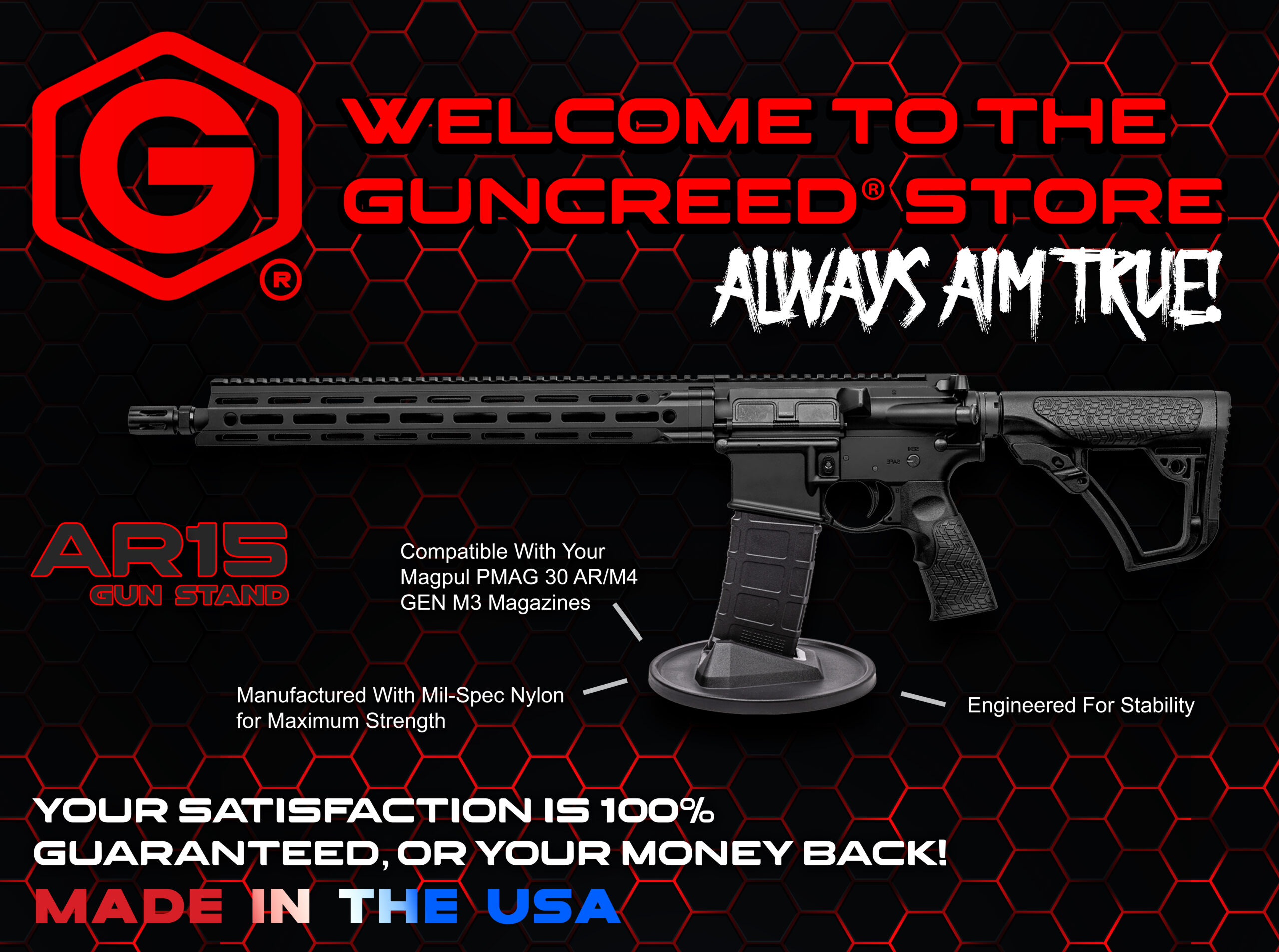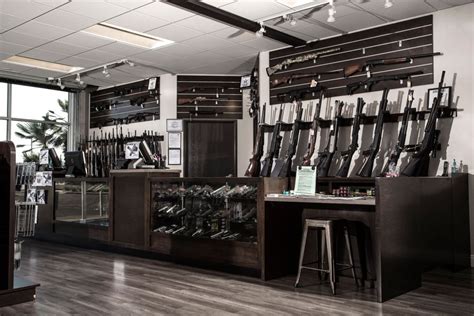


Free Shipping | 99% of all stands ship within 24 hours
We appreciate you sharing this:


We appreciate you sharing this:

Categories:
When it comes to choosing the right handgun caliber, three of the most debated rounds are 9mm, .40 S&W, and .45 ACP. Each caliber has its own unique advantages and trade-offs when it comes to recoil, stopping power, magazine capacity, and cost. Whether you’re selecting ammo for self-defense, concealed carry, or duty use, understanding these key differences will help you make an informed decision. In this guide, we’ll break down how these popular calibers compare in performance and practicality.
When comparing handgun ammo, there are several key factors to consider:
Each caliber strikes a different balance between these factors, so let’s dive into the details.
The 9mm is the most widely used handgun caliber in the world. It has become the standard for law enforcement, military, and civilian self-defense due to its excellent balance of performance and practicality.
Best for concealed carry, self-defense, training, and duty use.
The .40 S&W was developed in the 1990s as a compromise between 9mm and .45 ACP. It offers more energy than 9mm while maintaining a reasonable magazine capacity.
Best for self-defense and shooters wanting more power without giving up too much capacity.
The .45 ACP is a classic American caliber with over a century of proven performance. Known for its heavy, slow-moving bullet, it delivers significant stopping power.
Best for home defense and shooters who prioritize maximum stopping power over capacity.
Here’s how these calibers stack up in terms of ballistic performance with typical defensive loads:
| Caliber | Bullet Weight | Velocity (fps) | Energy (ft-lbs) | Typical Penetration |
|---|---|---|---|---|
| 9mm | 115–147 gr | 1,100–1,200 | 350–400 | 12–18 inches |
| .40 S&W | 155–180 gr | 950–1,100 | 400–500 | 12–16 inches |
| .45 ACP | 185–230 gr | 850–1,000 | 400–500 | 12–15 inches |
Modern defensive ammunition has narrowed the performance gap between these calibers. With quality hollow points, all three meet the FBI-recommended penetration range for self-defense.
One of the biggest differences between these calibers is how they feel when shooting:
If you’re a newer shooter or want faster, more controlled shooting, 9mm is generally the easiest to handle.
Capacity is another area where 9mm shines:
More rounds in the gun means fewer reloads and more chances to stop a threat without running dry.
Ammo cost can impact how often you train. Here’s the typical price hierarchy:
If you plan to practice frequently, 9mm will save you money over time.
There’s no one-size-fits-all answer, but here’s a quick guide:
All three calibers are effective with modern hollow-point ammunition, so the best choice is the one you can shoot accurately, confidently, and consistently.
Modern defensive ammo has made the differences between 9mm, .40 S&W, and .45 ACP smaller than ever before. While .40 and .45 still offer slightly more power, the controllability, capacity, and cost-effectiveness of 9mm have made it the preferred choice for many shooters. Ultimately, the best handgun ammo is the one you can train with regularly and shoot accurately under stress.
Always test your chosen defensive ammunition in your handgun to ensure reliability before carrying it for self-defense.